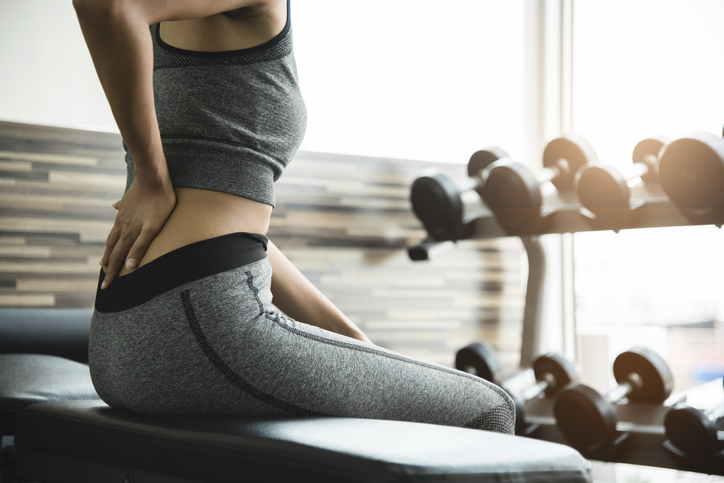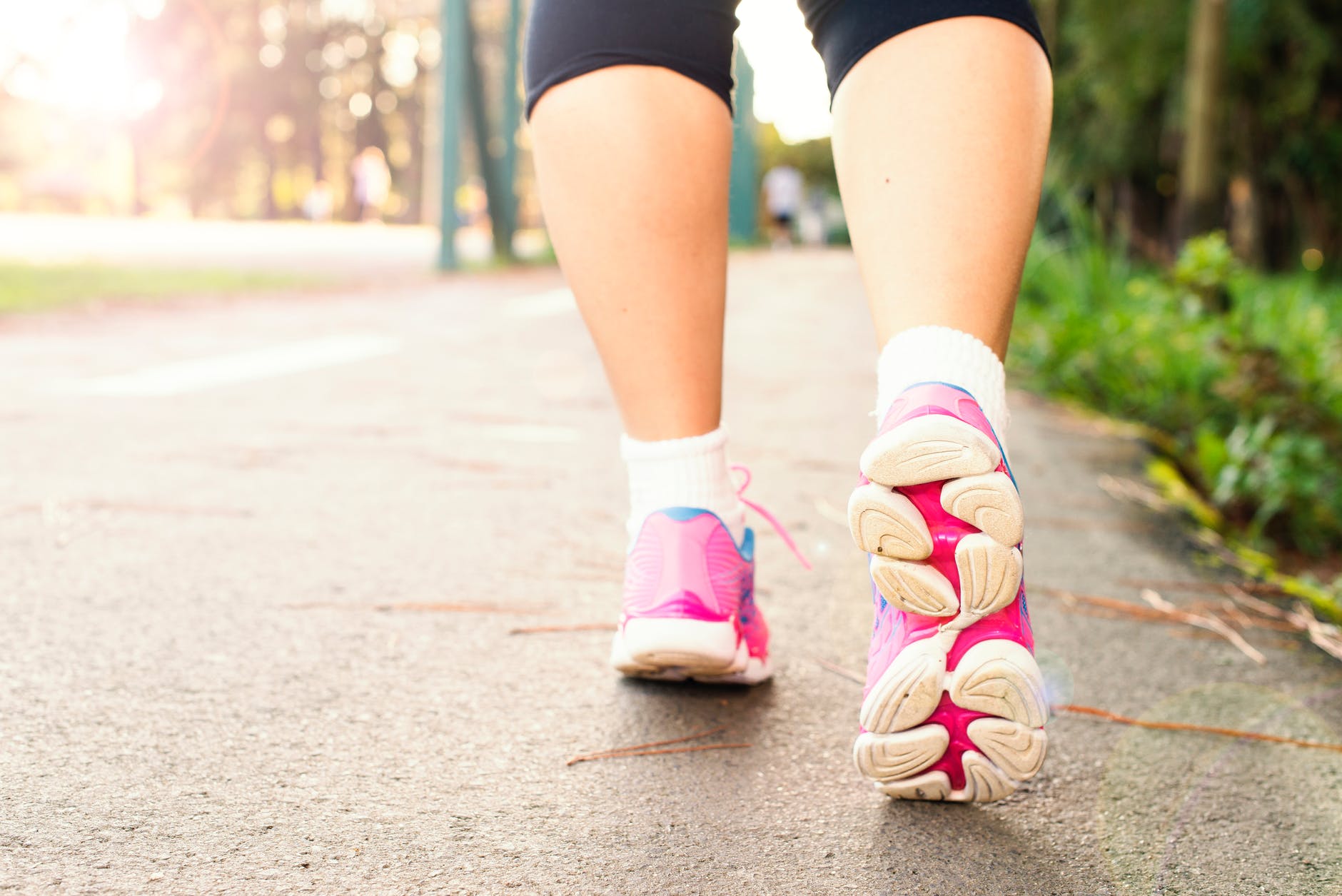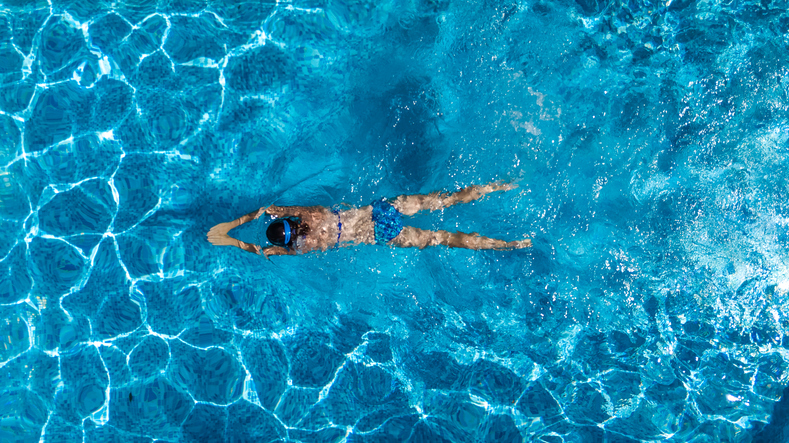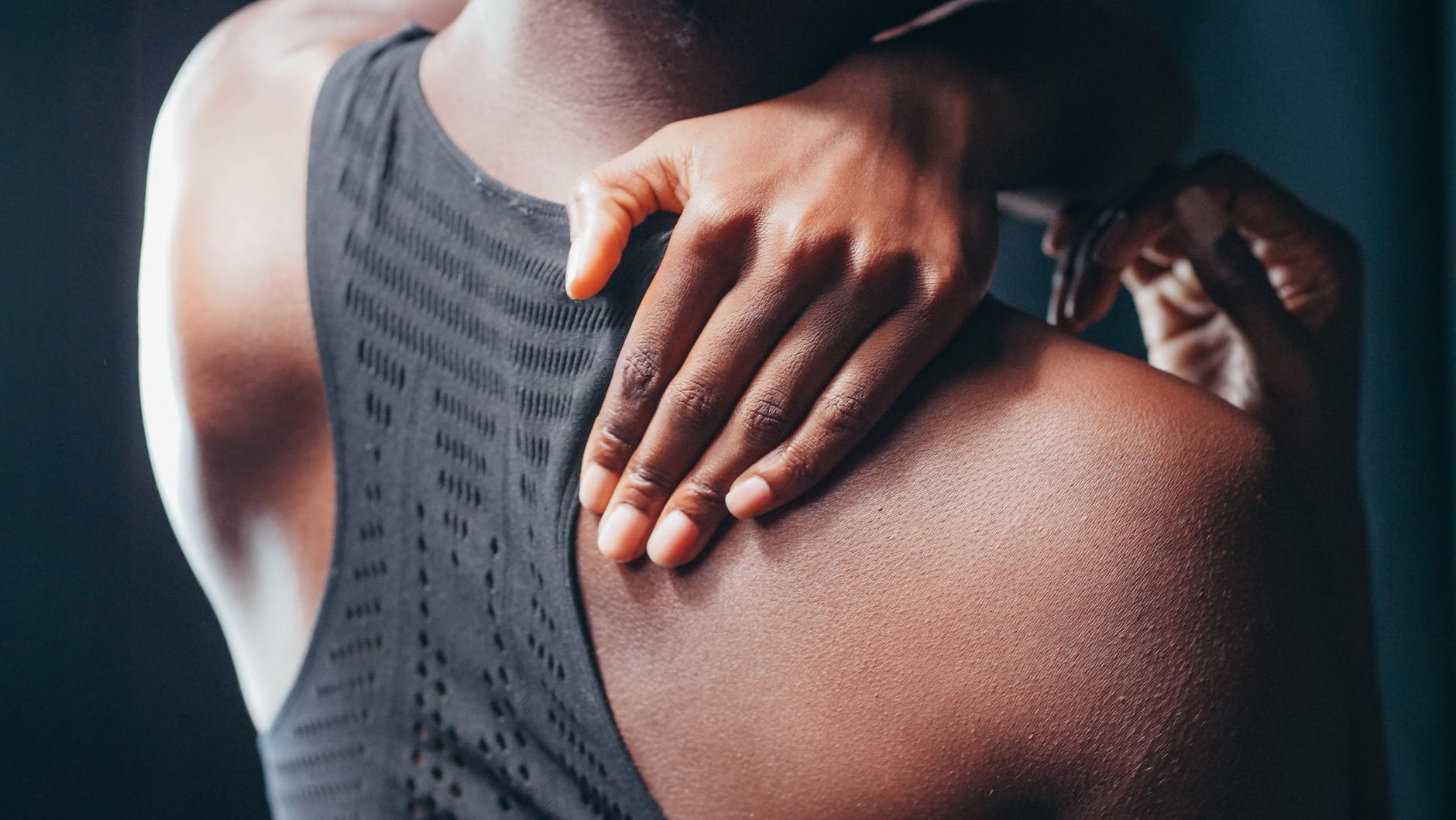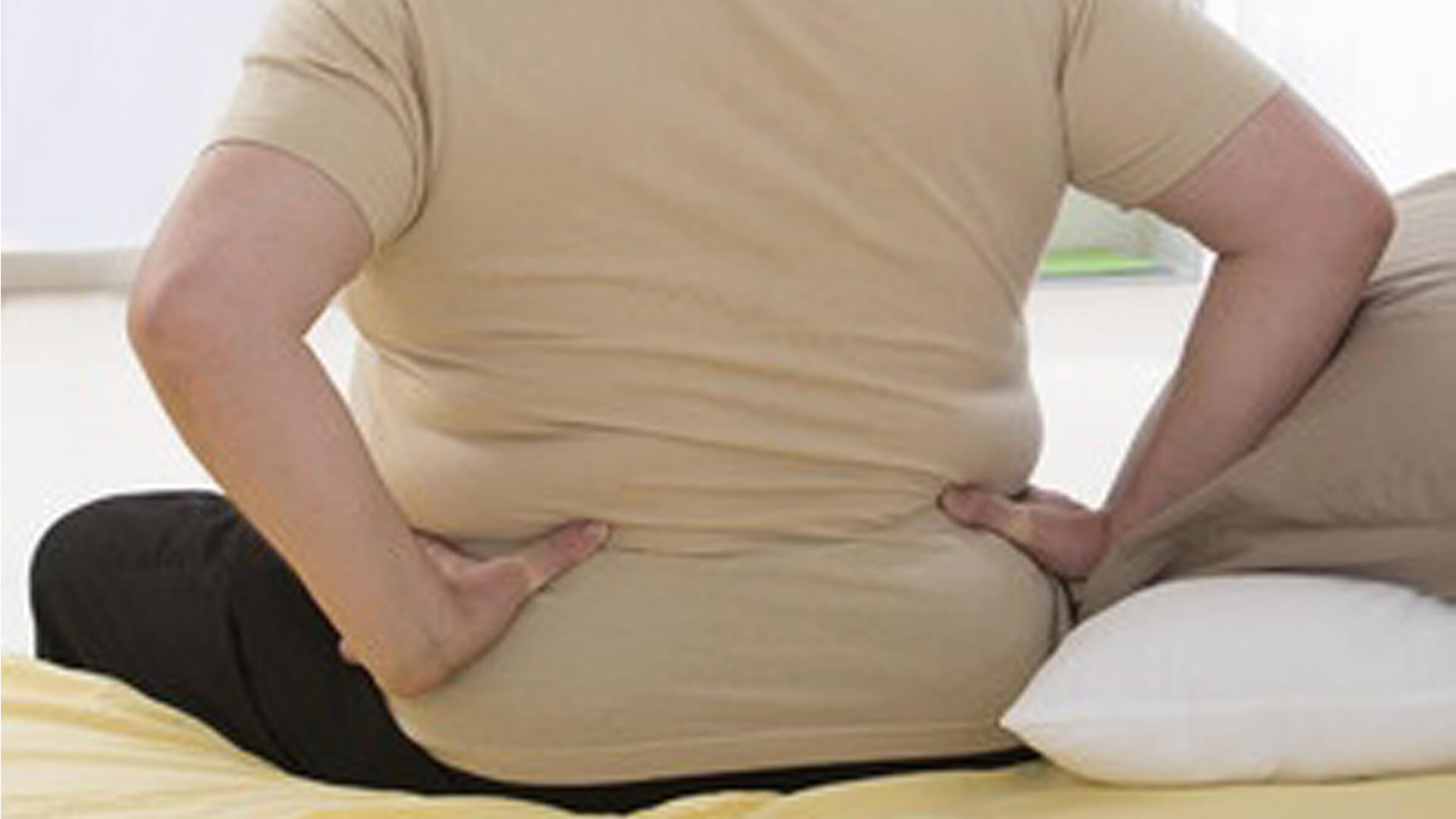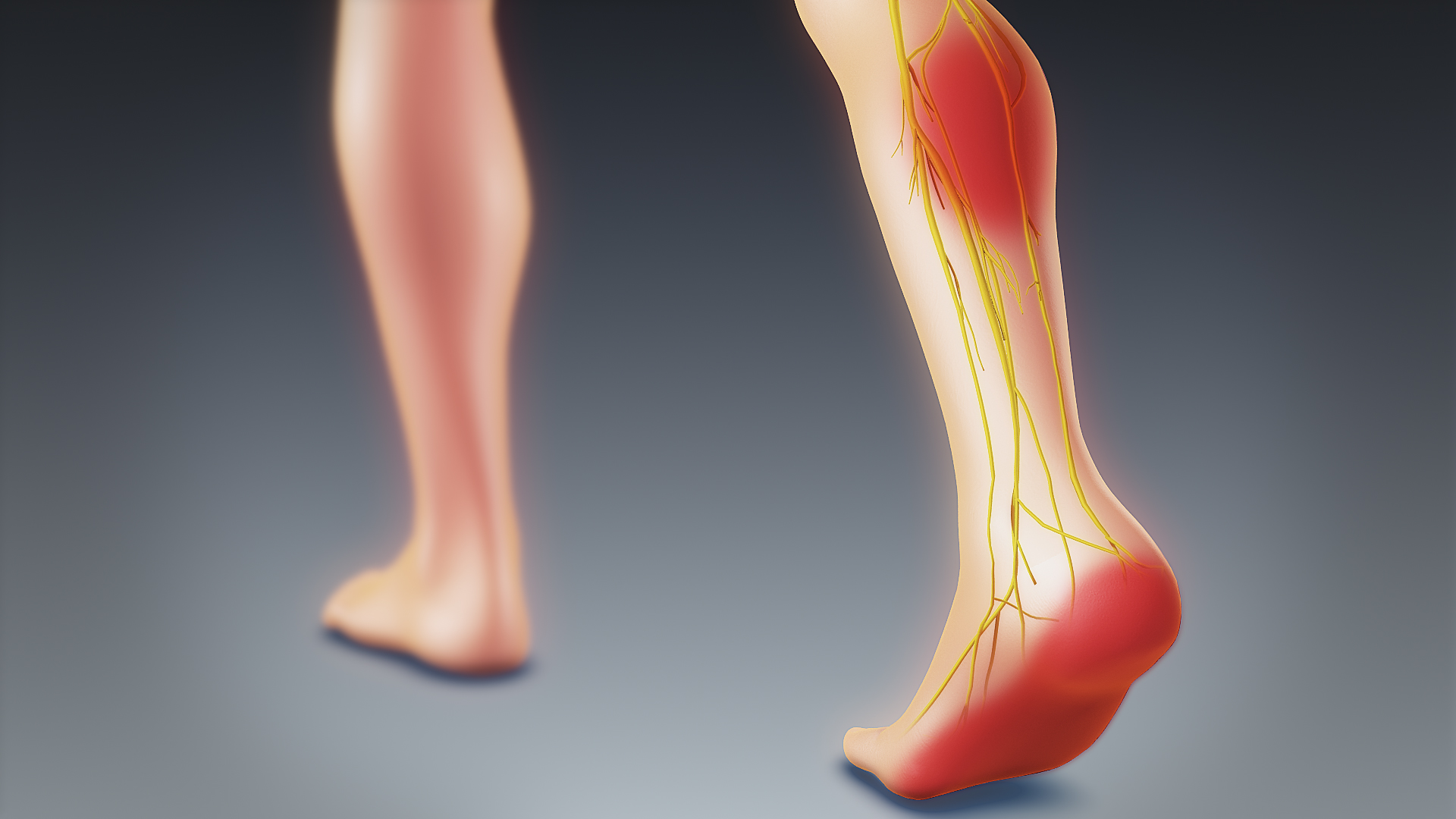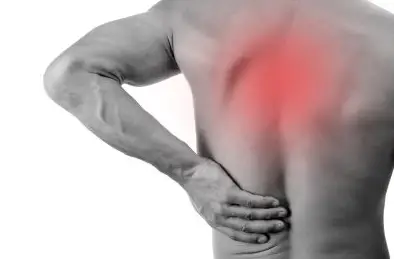Can you exercise with back pain? If so, which one should you choose to relieve your symptoms?
The questions are very relevant, but the answer is not so simple. To answer this, it is essential to understand certain key concepts such as “the harmful effects of prolonged rest” or “progressive overload”. This will allow you to understand why to exercise in the presence of low back pain – and how to choose the most suitable for your condition.
Why stay active in the presence of back pain?
The first reflex following an episode of low back pain is to rest until the pain subsides. Admittedly, this strategy can sometimes be effective, but it must be understood that it will not help solve your problem in the long term.
Many of my patients preferred to rest after an acute episode, only to find that the pain returned (even more intense!) after a few months.
Why should inactivity be avoided when suffering from back pain? To answer this question, let us first examine the harmful effects of prolonged rest following a herniated disc (or any injury, for that matter!):
Adverse Effects of Prolonged Rest
- Cardiovascular and cardiorespiratory deconditioning
- Joint stiffness and joint contractures
- Muscle atrophy
- Loss of bone density
- Decreased proprioception
- Depression and anxiety
- Professional and social life disrupted
Thus, it is easy to understand that excessive rest can have harmful consequences on the back, but also on the body in general.
For this reason, this strategy must be avoided at all costs, regardless of the level of pain! Easy to say, I know, but the following sections will keep you active without making your symptoms worse.
Now, why remain active in the presence of a herniated disc? To understand this concept, let's first look at the general benefits of physical exercise on the human body:
- Stimulates blood circulation
- Lubricates joints
- Promotes healing
- Optimizes oxygenation of the body
- Limits the loss of cardiovascular capacity
- Maintains muscle activity
- Promotes weight loss
- Improves mood and motivation
- Reduces general stress
- Improves body image
- Increases overall energy level
- Improves quality of sleep
By studying this list, it is easy to understand that physical activity is conducive to optimal healing of your condition. You just have to find a way to be active in a safe and progressive environment. Read on to get your questions answered.
How to stay active with back pain ?
Sometimes absolutely no movement is tolerable in the presence of spinal pain. Doctors then prescribe powerful pain medications, and a complete rest.
However, these situations are relatively rare. And even in these extreme cases, the observed rest should still be as short as possible! The rest of the time, it is better to opt for a relative rest.
Simply explained, it is sufficient to initially avoid movements that aggravate pain and inflammation (especially in the acute phase), without stopping all activity.
To do this, it is necessary to limit aggravating movements (for example, sudden movements and excessive twisting). But that doesn't mean you can't move other limbs that aren't affected by back (or leg) pain.
Several studies have shown that those who remain assets following an episode of low back pain generally healed faster. So continue with your usual activities as much as possible. Go to work. Don't miss your daily walk. Cook your next meal. Trust me, your back will thank you!
Progressive overload
When the pain related to the herniated disc is reduced, or the inflammatory phase is under control, nothing prevents us from stimulating the lumbar region in a controlled and progressive environment. This is the logical continuation of the concept of relative rest, which is called “progressive overload”.
Here's the #1 secret to not making your condition worse, and optimize the healing of your back. You have to start the sport at a minimal intensity and frequency, then progress these parameters while respecting your level of pain. After each movement performed, reassess the situation and ensure that there is no increase in pain that persists despite a period of rest.
Over time, you will be able to do more and more without making your symptoms worse, and you will therefore reduce the risk of recurrences.
5 sports proposals
Here is a proposal of 5 sports to help heal your back pain. Indeed, these hobbies, if applied correctly, allow effective and even therapeutic physical activity.
As explained in the infographic above, here are 5 sports to consider after being diagnosed with a herniated disc. Of course, your healthcare professional will explain to you how to dose these activities so as not to aggravate your symptoms:
1. Walking
Walking is one of the least taxing activities of stress to the body. As you can choose your speed from works, it is always possible to make the necessary adaptations so as not to aggravate his herniated disc.
In addition to the speed, it is also possible to adjust the inclination (either by walking in the mountains or by increasing incline on a treadmill).
Finally, he is possible to adjust the walking time to be sure that you stay in "non-dangerous" areas (whether for your heart or your back!).
APlease note: In some cases, back pain is aggravated by walking due to the extended posture of the spine ! If you ever try walking, and see an increase in your pain despite the adjustment of the parameters mentioned above, you must consult at all costs!
2. The bicycle
Cycling reduces stress on the joints (for example, the vertebrae lumbar, but also the knees if you suffer from significant osteoarthritis ou other joint problem at this level). Also, the bike helps maintain your cardiovascular capacity following your back injury (essential to avoid adverse effects of prolonged rest).
In addition to working your cardio, pedaling will activate your blood circulation necessary for optimal healing of your condition. It is best to cycle on a stationary device initially to maintain a safe environment. As with walking, it is possible to adjust certain parameters to protect your back (speed, resistance, saddle position, intervals, etc.).
Beware though: In some cases, back pain caused by herniated disc is aggravated by cycling due to the flexed posture of the spine! If you ever try cycling, and see an increase in your pain despite the adjustment of the parameters mentioned above, you must consult at all costs!
3. Swimming
4. Yoga and Pilates
Both yoga and Pilates have experienced a huge gain in popularity in recent years. Good similar, these two disciplines also have differences. Before naming them, it is necessary to understand that there are many variations to these disciplines, especially when it comes to yoga.
In general, Pilates emphasizes muscle strengthening and motor control (with particular emphasis on the trunk). For its part, yoga promotes poses aimed at improving flexibility by integrating a more “spiritual” component.
Together, yoga AND Pilates integrate exercises aimed at strengthening the trunk, softening the muscles and relaxing the body. Besides, a few studies demonstrated that these disciplines could be beneficial in the population suffering from chronic low back pain.
There is, however, a nuance that is essential to express: As there is no specific license required to teach yoga and Pilates, it is difficult to recommend these approaches systematically.
Similarly, many instructors lack the anatomical and biomechanical knowledge necessary to understand and effectively manage herniated discs.
For example, a trained professional will be able to adjust certain poses based on diagnosis and symptomatology, which can drastically decrease the risk of injury.
5. Therapeutic exercises
If you see a therapist (like a physio), they will prescribe certain exercises based on their assessment, your stage of healing, and your interests. These incorporate several essential elements for optimal back health.
Whether it's flexibility, mobility, strength or stability, a qualified professional will guide you through safe and effective exercises.
Prohibited sports: What to avoid
Certainly, the main objective of this article is to make you realize the importance of being active when you suffer from back pain. On the other hand, there are certain situations where exercise is not the solution. On the contrary, it can even be harmful in some cases!
If you ever experience any of the following symptoms, you must consult your doctor (and not engage in a sport by ignoring your symptoms and hoping that your symptoms will subside on their own!):
- Pain following a violent trauma (such as a fall from a height or a road accident).
- Constant, progressive, non-mechanical pain (i.e. not influenced by movement or rest).
- Chest pain or severe abdominal.
- Nocturnal pain not relieved by change of position.
- Chronic corticosteroid intake.
- Unexplained weight loss, often associated with chills and fever.
- Sensory impairment of the perineal region (called saddle anesthesia)
- Urinary incontinence of recent onset.
Now, what sports should be avoided in the presence of back pain? To answer this question, one must first understand some key concepts.
First, the pain caused by a sport or any exercise is most often related to an inability of your body to support the requested load. In other words, your lack of strength, stability and/or flexibility can cause a particular movement to cause pain when you perform it.
So what are the sports to avoid? The answer is unfortunately very complex insofar as, with some exceptions, there is no “bad” sport as such!
Some sports require movements that increase the pressure on the discs, such as movements involving bending and twisting your trunk (tennis, golf, combat sports, etc.).
Other sports put more pressure on the joints of the spine (facets), such as hyperextension movements (gymnastics, weightlifting, etc.).
Depending on the fragility of your tissues, certain sports should be adapted – or temporarily avoided – so as not to worsen your symptoms.
In general, your body will show pain if you irritate a structure that is fragile. The key is to take it gradually and make sure you don't cause lingering post-exercise pain.
Do not forget the diet to lose weight
Improving one's diet is a subject that concerns the entire population and each of us should take an interest in it in order to improve our health. It is all the more natural and relevant to look into the question of anti-inflammatory food when you suffer from pain or chronic illness.
In parallel with sport, it is advisable to adopt a healthy diet to lose weight. This will reduce pressure on the vertebrae, improve body balance and revive self-confidence.
We suggest a anti-inflammatory diet to kill two birds with one stone (lose weight and reduce pain). To learn more about this type of diet, see the following article.

